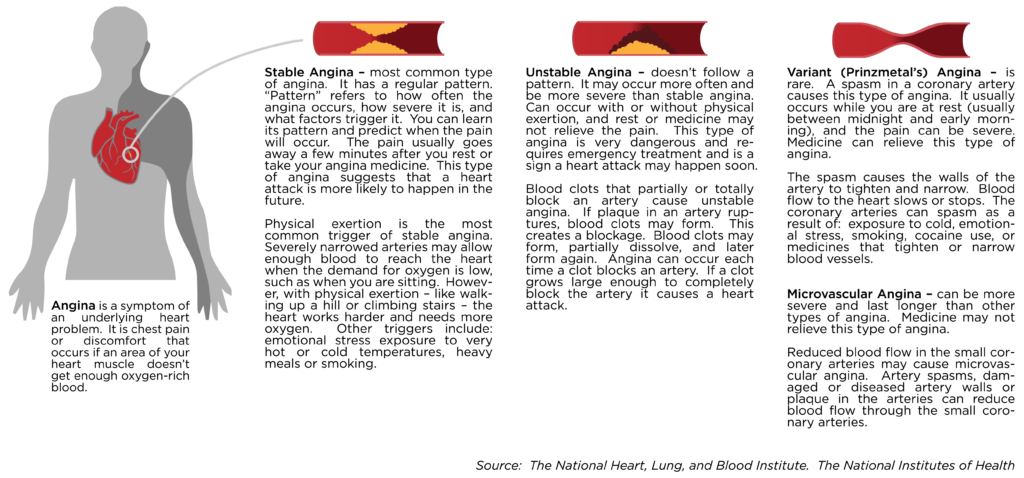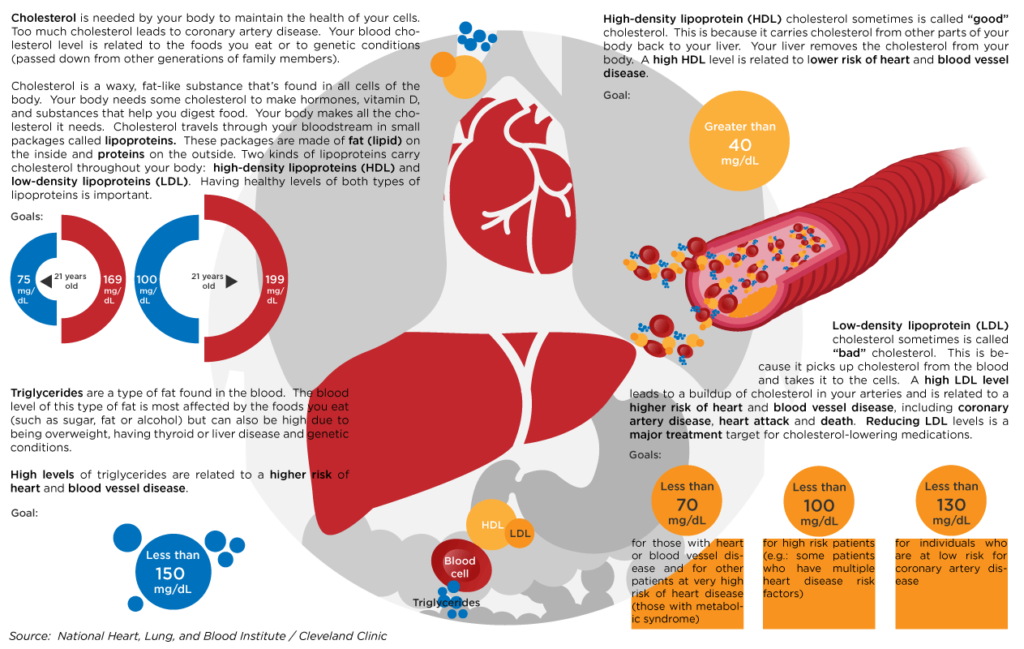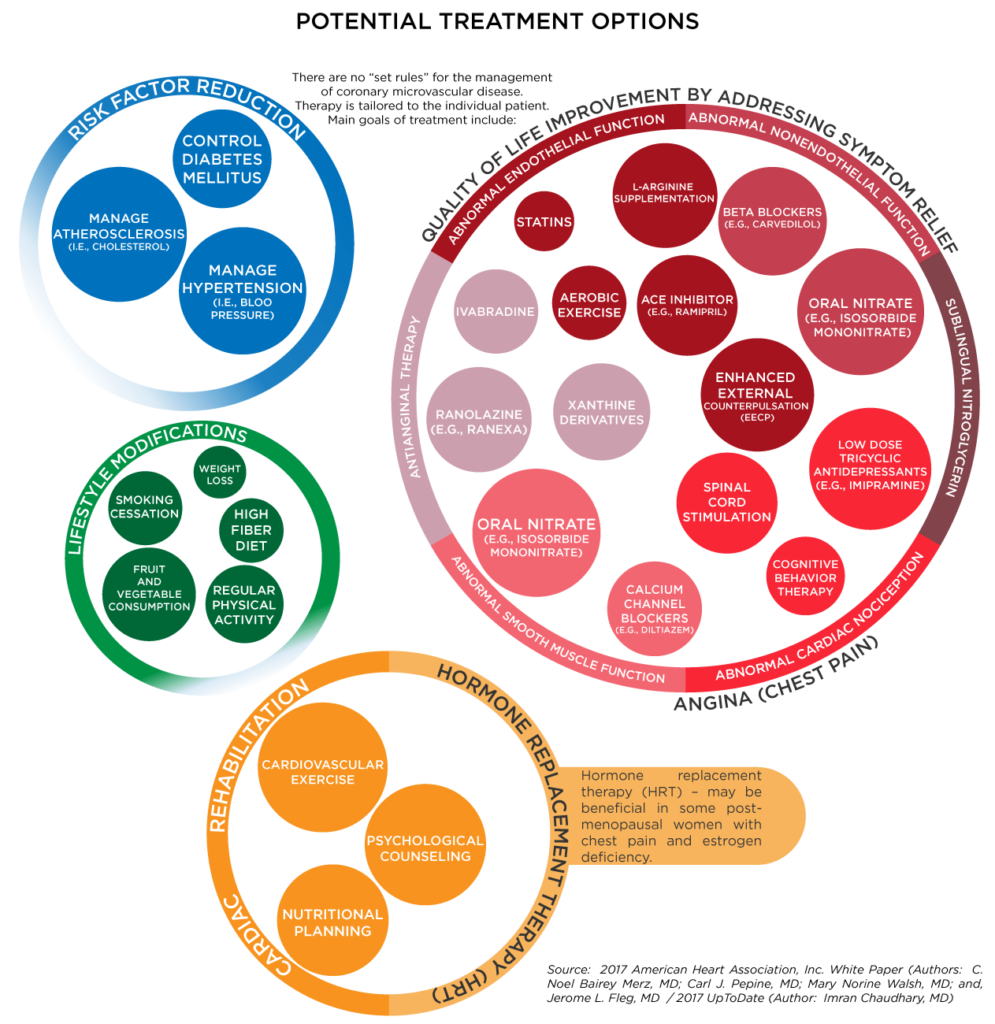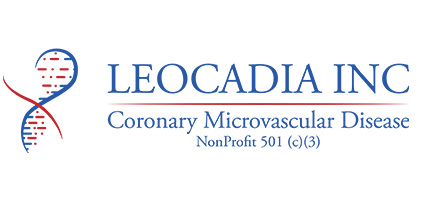THE NUTS & BOLTS
INFORMATION & INSIGHTS
FOR PATIENTS SEEKING ANSWERS
Disclaimer: The information contained on this site is provided for informational purposes only and is not meant to substitute for advice from your doctor or healthcare professional. This information should not be used for diagnosing or treating a health problem or disease, or prescribing any medication. Always seek the advice of a qualified healthcare professional regarding any medical condition. Reliance on any information provided by LEOCADIA is solely at your own risk.By making mention of the following articles, we are not endorsing the treatments or any products. Nor does the publication of this material constitute an endorsement of our organization by any institution in this website.
INFORMATION FOR PATIENTS



ACE Inhibitors are medications that reduce your blood pressure and slow (inhibit) the activity of the enzyme ACE, which decreases the production of Angiotensin II. As a result, blood vessels enlarge or dilate, and blood pressure is reduced. (Source: MedicineNet)
An aneurysm is a balloon-like bulge in an artery. Arteries have thick walls to withstand normal blood pressure. However, certain medical problems, generic conditions, and trauma can damage or injure artery walls. The force of blood pushing against the weakened or injured walls can cause an aneurysm. An aneurysm can grow large and rupture (burst) or dissect. A rupture causes dangerous bleeding inside the body. A dissection is a split in one or more layers of the artery wall. The slit causes bleeding into and along the layers of the artery wall. Both rupture and dissection often are fatal. (Source:National Heart, Lung, and Blood Institute)
Angiotensin I in the blood is itself formed from angiotensin, a protein produced by the liver and released into the blood.
An angiogram is an X-ray procedure that can be both diagnostic and therapeutic. It is considered the gold standard for evaluating blockages in the arterial system. An angiogram detects blockages using X-rays taken during the injection of a contrast agent (iodine dye). The procedure provides information that helps your vascular surgeon determine your best treatment options. Angiograms are typically performed while you are sedated. The procedure may last 15-20 minutes or up to several hours, depending on how difficult the test is and how much treatment is given. (Source: Society for Vascular Surgery)
Atrial Fibrillation, or AF, is the most common type of arrhythmia. AF occurs if rapid, disorganized electrical signals cause the heart’s two upper chambers – called the atria – to fillibrate. The term “fillibrate” means to contract very vast and irregularly. In AF, blood pools on the atria. It isn’t pumped completely into the heart’s two lower chambers, called the ventricles. As a result, the heart’s upper and lower chambers don’t work together as they should. (Source: National Heart, Lung, and Blood Institute)
Beta blockers, also known as beta-adrenergic blocking agents, are medications that reduce your blood pressure. Beta blockers work by blocking the effects of the hormone epinephrine, also known as adrenaline. When you take beta blockers, your heart beats more slowly and with less force, thereby reducing blood pressure. Beta blockers also help blood vessels open up to improve blood flow. (Source: Mayo Clinic)
Calcium channel blockers prevent calcium from entering cells of the heart and blood vessel walls, resulting in lower blood pressure. Calcium channel blockers, also called calcium antagonists, relax and widen blood vessels by affecting the muscle cells in the arterial walls. Some calcium channel blockers have the added benefit of slowing your heart rate, which can further reduce blood pressure, relieve chest pain (angina) and control an irregular heartbeat. (Source: Mayo Clinic)
Coronary Flow Reserve (CFR) is the maximum increase in blood flow through the coronary arteries above the normal resting volume. Its measurement is often used in medicine to assist in the treatment of conditions affecting the coronary arteries and to determine the efficacy of treatments used. (Source: Wikipedia)
Cardiac arrest occurs suddenly and often without warning. It is triggered by an electrical malfunction in the heart that causes an irregular heartbeat (arrhythmia). With its pumping action disrupted, the heart cannot pump blood to the brain, lungs and other organs. Seconds later, a person loses consciousness and has no pulse. Death occurs within minutes if the victim does not receive treatment. People often use heart attack or cardiac arrest interchangeably, but they are not synonymous. A heart attack is when blood flow to the heart is blocked, and cardiac arrest is when the heart malfunctions and suddenly stops beating unexpectedly. A heart attack is a “circulation” problem and cardiac arrest is an “electrical” problem. (Source: American Heart Association)
Cardiomyopathy refers to diseases of the heart muscle. These diseases have many causes, signs and symptoms, and treatments. In cardiomyopathy, the heart muscle becomes enlarged, thick, or rigid. In rare cases, the muscle tissue in the heart is replaced with scar tissue. As cardiomyopathy worsens, the heart becomes weaker. It’s less able to pump blood through the body and maintain a normal electrical rhythm. This can lead to heart failure or irregular heartbeats called arrhythmias. In turn, heart failure can cause fluid to build up in the lings, ankles, feet, legs, or abdomen. The weakening of the heart also can cause other complications, such as heart valve problems. (Source: National Heart, Lung, and Blood Institute)
Coronary arteries supply blood and oxygen to the heart. Coronary artery spasm is a sudden narrowing of one of these arteries. Blood flow is constricted during an artery spasm. The main symptom experienced is chest pain. The coronary artery may appear normal during testing, but it does not function normally. If the spasm lasts long enough, it may even cause a heart attack. (Source: Mount Sinai)
Endothelial dysfunction has been shown to be of significance in predicting stroke and heart attacks due to the inability of the arteries to dilate fully. (Source: Cedars-Sinai)
The endothelium is a thin membrane that lines the inside of the heart and blood vessels. Endothelial cells release substances that control vascular relaxation and contraction as well as enzymes that control blood clotting, immune function and platelet adhesion. (Source: Cedars-Sinai)
Ejection fraction is a measurement of the percentage of blood leaving your heart each time it contracts. During each heartbeat pumping cycle, the heart contracts and relaxes. When your heart contracts, it ejects blood from the two pumping chambers (ventricles). When your heart relaxes, the ventricles refill with blood. No matter how forceful the contraction, it never is able to pump all of the blood out of the ventricle. The term “ejection fraction” refers to the percentage of blood that’s pumped out of a filled ventricle with each heartbeat. (Source: Mayo Clinic)
High blood pressure (Hypertension) is a common disease in which blood flows through blood vessels (arteries) at higher than normal pressures. Blood pressure is the force of blood pushing against the walls of the arteries as the heart pumps blood. High blood pressure, sometimes called hypertension, happens when this force is too high. Health care workers measure blood pressure with a gauge, stethoscope or electronic sensor, and a blood pressure cuff. They measure the blood pressure when the heart beats while pumping blood (Systolic Pressure) and they measure the blood pressure when the heart is at rest between beats (Diastolic Pressure) and write blood pressure numbers with the systolic above the diastolic number – for example, 118/76mmHg (millimeters of mercury). Normal blood pressure is defined as a systolic pressure below 120 mmHg and a diastolic pressure below 80 mmHg.
Abnormal increases in blood pressure are defined as having blood pressure higher than 120/80mmHg. The following table outlines and defines high blood pressure severity levels:
Systolic (top number) // Diastolic (bottom number)
Prehypertension 120 – 139 OR 80 – 89
High Blood Pressure Stage 1 140 – 159 OR 90 – 99
High Blood Pressure Stage 2 160 or higher OR 100 or higher
The ranges in the table are blood pressure guides for adults who do not have any short term serious illnesses. (Source: National Heart, Lung, and Blood Institute)
Heart Attacks happen when the flow of oxygen-rich blood to a section of heart muscle suddenly becomes blocked and the heart can’t get oxygen. If blood flow isn’t restored quickly, the section of heart muscle begins to die. (Source: National Heart, Lung, and Blood Institute)
A Holter Monitor battery-operated portable tape recording that measures and records your electrocardiogram (ECG) continuously, usually for 24-48 hours. (Source: heart.org)
Inflammation is a process by which the body’s white blood cells and substances they produce protect us from infection with foreign organisms, such as bacteria and viruses. It’s part of your immune system’s natural response to heal an injury or fight an infection. Long-term, or “chronic,” inflammation is seen in many diseases and conditions. Inflamed arteries are common among people with heart disease. Some researchers think that when fats build up in the walls of the heart’s coronary arteries, the body fires back with inflammatory chemicals, since it sees this as an “injury” to the heart. That could trigger a blood clot that causes a heart attack or stroke. (Source: WebMD)
Ischemia is a condition in which the blood flow (and thus oxygen) is restricted or reduced in a part of the body. Cardiac ischemia is the name for decreased blood flow and oxygen to the heart muscle. (Source: heart.org)
Ischemic heart disease is the term given to heart problems caused by narrowed heart arteries. When arteries are narrowed, less blood and oxygen reaches the heart muscle. (Source: heart.org)
Statins are a class of drugs often prescribed by doctors to help lower cholesterol levels in the blood. (Source: WebMD)
A stroke occurs if the flow of oxygen-rich blood to a portion of the brain is blocked. Without oxygen, brain cells start to die after a few minutes. Sudden bleeding in the brain also can cause a stroke if it damages brain cells. If brain cells die or are damaged because of a stroke, symptoms occur in the parts of the body that these brain cells control. A stroke can cause lasting brain damage, long-term disability, or even death. (Source: National Heart, Lung, and Blood Institute)
